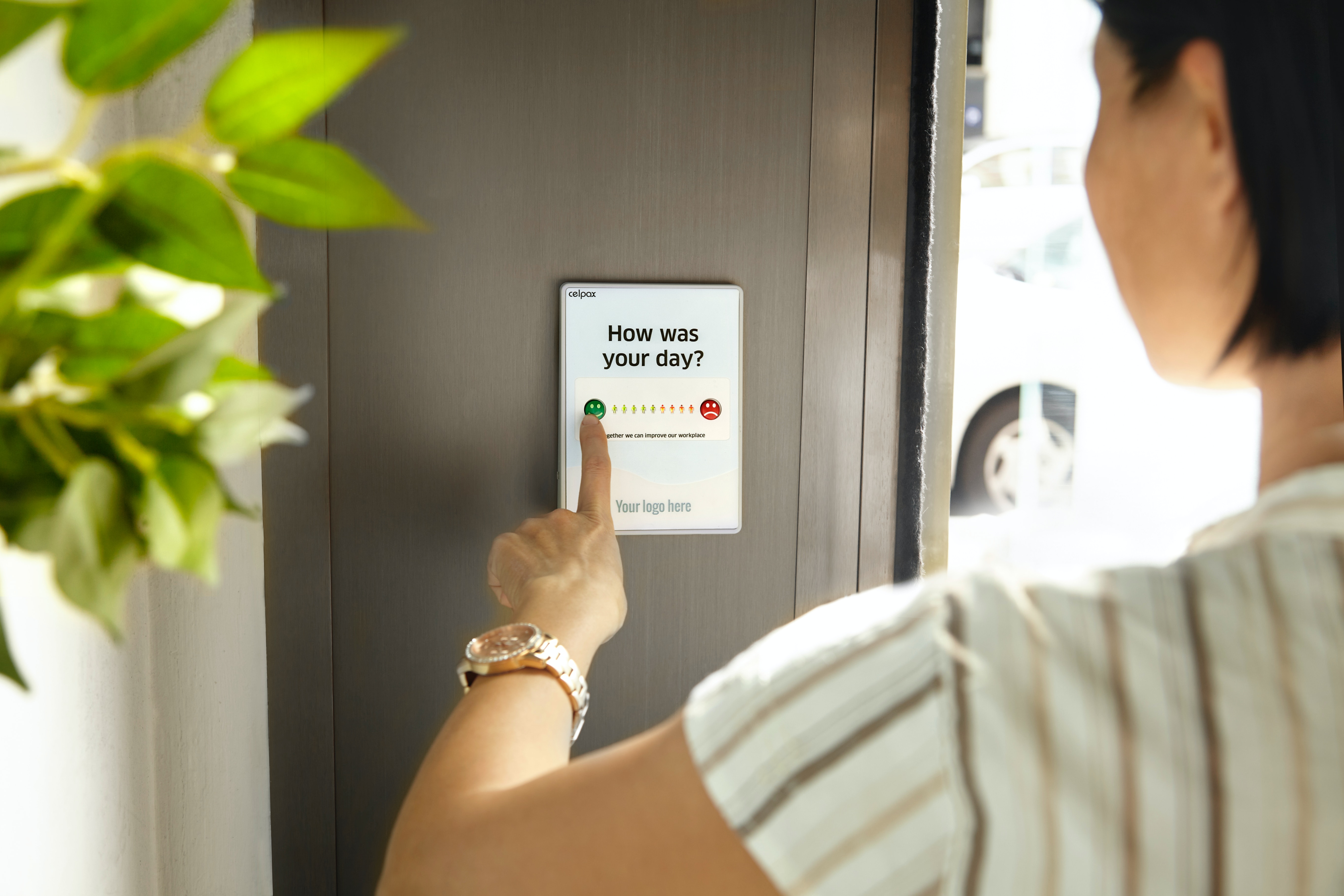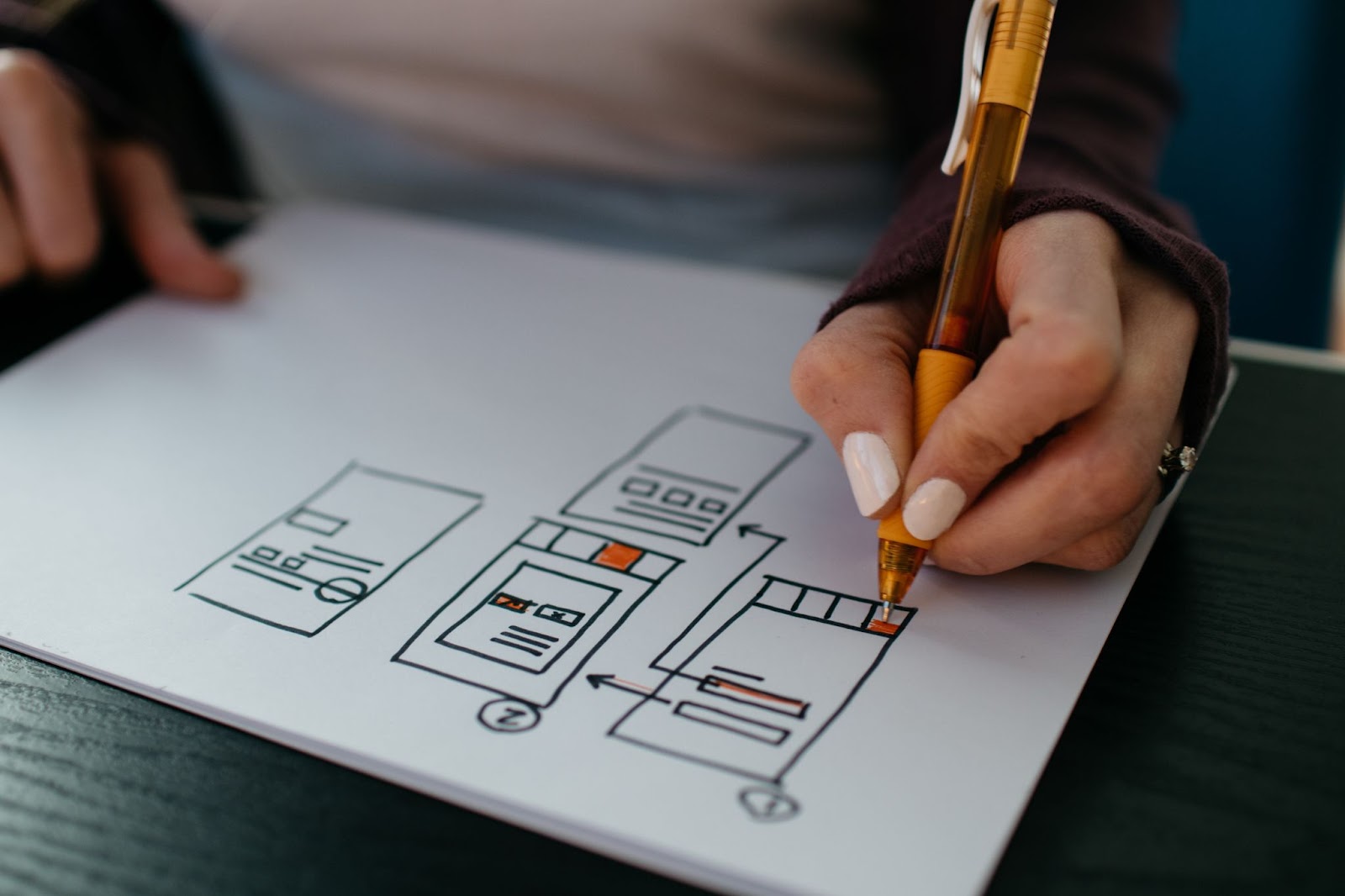Designing for gratification: why a career in UX Design might be a good idea


How Badly Do We Need Gratifying Experiences?
Very much. Very much indeed. Think about it: every interaction you have with a product, a service or a system only turns into a "relationship" when it results from an experience you deem rewarding.
At this point, you might be wondering whether a career as a UX designer (the professional in charge of User Experience Design) could bring you both financial and professional satisfaction.
Here are a few facts and figures to start with:
- Have you ever wondered, for example, what makes your smartphones so attractive? The answer lies in a remarkably clever combination of ease of use, speed of service and personalised services, many of which are offered free of charge (or so we would like to think, anyway). Speaking of rewarding experiences with our smartphones, the number of mobile phone subscriptions exceeds that of the planet's 8.3 billion inhabitants. On any given day, the average smartphone user spends over 3 hours on their devices, roughly 1 interaction every 4 minutes.
- You can also look at the other side of the coin if that suits you better. Companies that do not invest in their customers' experience face major difficulties in retaining their customers. It is estimated that as many as 27% of online shoppers drop an order when the checkout process is too long or complicated. Another 35% stop even earlier: when they realise they have to create an account to proceed with their purchase.
- A bad user experience can turn into a company's worst nightmare. Think back to 2011 when Ford plummeted from 5th to 23rd place in the rankings of perceived quality by customers due to numerous complaints about the lack of intuitiveness and unnecessary complexity of the "MyFord Touch system" (used to control the entertainment, climate control and navigation systems). The following year, Ford dropped further to 27th place.
So, in a nutshell, UX designers are not just badly needed by companies, but also in a world in which gratification is increasingly the difference between a "success story" and a "failure", companies worldwide will be increasingly willing to invest in competent and knowledgeable people to help them define the best possible experience for their customers.
1984: The Year We Realised That Design and Gratification Went Hand in Hand
All right, we love to be rewarded by the things that we are surrounded by. Yes, we really enjoy visual, auditory, tactile or sensory experiences from which we come out being enriched.
But was this always the case?
Maybe so. After all, isn't it true that the ability to market an experience is the very soul of commerce? However, there is a specific moment in history when we all realised that entertainment and gratification had become one and the same with most of the products on the market, especially the technological ones.
The year was 1984. That year, two designers, Richard Saul Wurman and Harry Marks, co-funded an event that would, in less than a decade, become a globally acknowledged and widely celebrated format for public speeches: TED Conferences. The TED catalogue now includes as many as 4,300 videos, and the TED talks (which are routinely followed by 68 million people) have so far been viewed 5.8 billion times.
Back to Wurman and Marks: their intuition was simple but brilliant. They had realised that technology, entertainment, and design – until then, three distinct areas – were growing alike and actually converging. Among the innovations that were showcased during the conference were the compact disc, the ebook, and 3D graphics.
Almost 40 years have passed. Since then, the user experience has made great strides. We talked about this in 2019 by interviewing Mark Swaine, an international leader in the field. Mark told us that the present and future of user experience will increasingly be in sublimation of 3 key characteristics (speed, simplicity, individuality) that not only define our interactions with the products around us (what we call "user experience"), but are also the key for all companies and professionals intent on offering an attractive service to their customers.
Simplicity, Speed of Service And Singularity: The Cornerstones User Experience
Let's take a closer look at the cornerstones of user experience, beginning with simplicity.
There is a famous US designer, John Maeda, who has been working for some years on a research project called "SIMPLICITY", the aim of which is to find useful solutions to radically simplify people's lives in the face of the increasing complexity that surrounds them.
Maeda points to two examples of simplicity that made the fortunes of the companies that implemented them.
- The first is Apple's now iconic iPod Shuffle, an object that radically transformed the way we listen to music. The so-called "random option", just to mention one of the design features of that beautiful object, revolutionised the approach to listening, introducing an innovative alternative to the search for a specific track. From its launch in 2001 to 2021, Apple claims to have sold 450 million iPods worldwide. A sales success that has few equals in history.
- The second is the "progress bar" that shows us in real-time the completion of an action on the computer (downloading a new software program, for example). In the users' perception, the bar reduced the perceived elapsed time, thus making the experience more enjoyable.
These days, user experience is an essential parameter for the success of the vast majority of products and services that we use every day.
Are you visiting a website? The rule that inspired those who designed it is usability: you should take no more than 3 clicks to find the information you need. Do you like coffee in the morning? For most of us (including the Italians!), a capsule and a few movements are all it takes to have a hot cup in hand.
Along with simplicity, speed of service is crucial to gratify users. Just look at the figures:
- Amazon Prime customers know they can count on receiving the product they have purchased within 24 hours. In 2023, Amazon Prime totalled over 200 million members worldwide. Between December 2017 and December 2020, the percentage of Amazon Marketplace sellers offering Prime shipping increased by 17,12%.
- WhatsApp's users can choose to listen to voice messages at double speed. This function is meant to help them save time. The arguably most well-known instant messaging application conveys 41 million messages per minute globally. In 2022, it was the fourth app with the most downloads worldwide.
- VISA credit or debit card holders complete 6,000 transactions every minute, totalling more than two billion US dollars.
Putting speed at the centre of user experience is a day-to-day challenge for designers, companies and professionals. We said it before, remember? It only takes a single bad experience, and over 60% of your customers may decide to shift their attention elsewhere. When people cannot interact satisfactorily with your product or service, they simply lose interest in buying.
Super-simple and ultra-fast: this is what users are expecting from the products and services they buy. But that is not sufficient. For an experience to be truly rewarding, the user needs to feel uniquely cocooned by the company. Nobody likes to be one number among many. That is why the third - and final - feature of the user experience is singularity.
Let us tell you a story.
In 1988, Steve Jobs, Apple CEO, launched the original iMac in a now much-celebrated presentation. On that occasion, Jobs revealed that the capital "I" at the start of the product name – "Individual" – would, from that day on, accompany all of Apple's future products. This is the concept of "singularism": experiences designed not only to be special but also, to some extent, intended to be unique for the users.
In the world of technology, everything you are offered has a customised touch. Think about it. The food we buy via delivery apps is not just good; it is a perfect match with your tastes. Digital navigators indicate to us the most convenient route to reach a destination. The new words taught to us on a language app are based on our recent achievements and language skills. Even the partners suggested by dating apps' algorithms are presented to us as potential soul mates.
What Does it Take to Be A UX Designer?
What does a designer need to provide a unique experience for everyone? You certainly need the fundamental traits of those who approach Talent Garden and become part of our community: a good dose of creativity and curiosity to start with. A pinch of flexibility and, to finish, a lot of empathy and enthusiasm.
Let us make the numbers answer.
- According to a 2019 Glassdoor study, UX design was ranked as the sixth highest-paid entry-level job. The average salary for a UX designer in the United States is $117,234 dollars. A junior designer makes $89,379, while a senior can make over $126,265 a year. Not bad, right?
- CareerKarma in 2023, ranked UX design among the highest-paid entry-level jobs. This is confirmed by this 2023 graphic:
- In Italy, the average salary for a UX Designer is €27,511 in 2023. In Spain, a Senior UX Designer can make as much as €48,105 per year; in Austria, it ranges around €44,866; while in Denmark and Ireland, it is Kr399662 and €45,000, respectively.
For businesses that allocate an adequate budget to design, benefits are tangible:
- Returns on investment increase. The world's top 10 leading user experience companies already in 2016 outperformed the Standard & Poor index that year, with almost tripled returns. On average, every US dollar invested in user experience returns $100.
- Sales also increase. The companies with the highest investment in UX, the so-called "Design Unicorns", saw their sales increase by as much as 75% in 2016 (compared to the merely "design-centric" companies, for whom the increase in sales stopped at 60%).
- And, to top it off, the risk of losing customers is lowered. For example, e-commerce sites optimised for customers using mobile devices saw a 69,82% decrease in abandonment in 2023.
Wrapping It Up
We started by saying that in the contemporary business landscape, interactions with products and services turn into a stable "relationship" when they provide users with a rewarding experience you deem rewarding.
This makes a career in UX design not just a wise choice for those looking for opportunities offering fast career growth and good remuneration but also increasingly a strategic need for companies aiming to thrive in a competitive market.
What about the future? So much is boiling in the pot. First and foremost, the area of artificial intelligence, from which we expect huge innovations for the entire user experience sector. And then, very important, also the topics of accessibility and inclusion, minimalism and speed.
One thing is certain: the future, whatever it looks like, will be increasingly defined by our experiences. Why not consider looking into this opportunity, then? It could be your chance to make a difference.

Don't Waste Your Talent. Turn It Into a Career With a Course That Fits Your Needs!
Keep reading

8 Essential Elements of Great UX Design

Meet our Students: Rebecca Kiechl – UX Design Fulltime Bootcamp

UX Design: The Challenges and Opportunities

